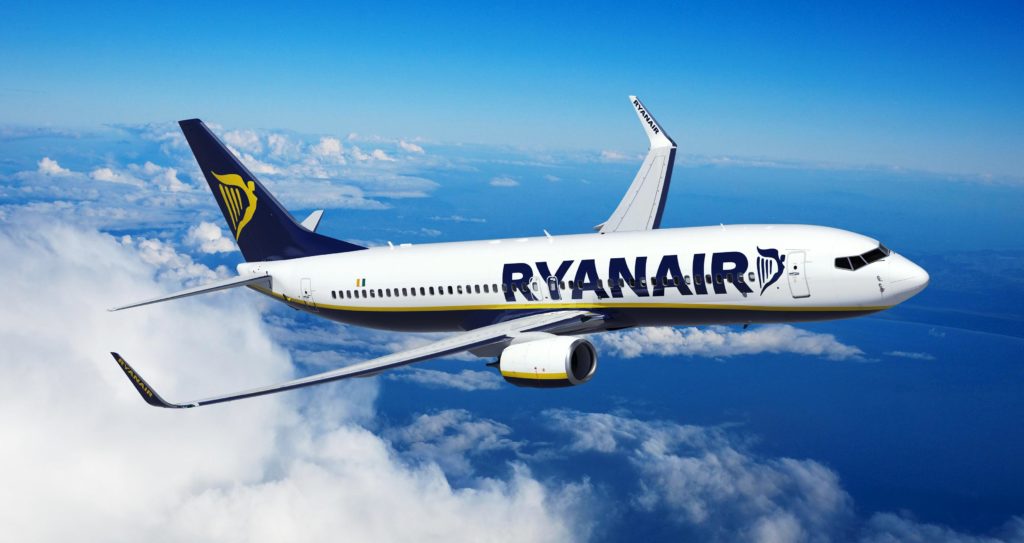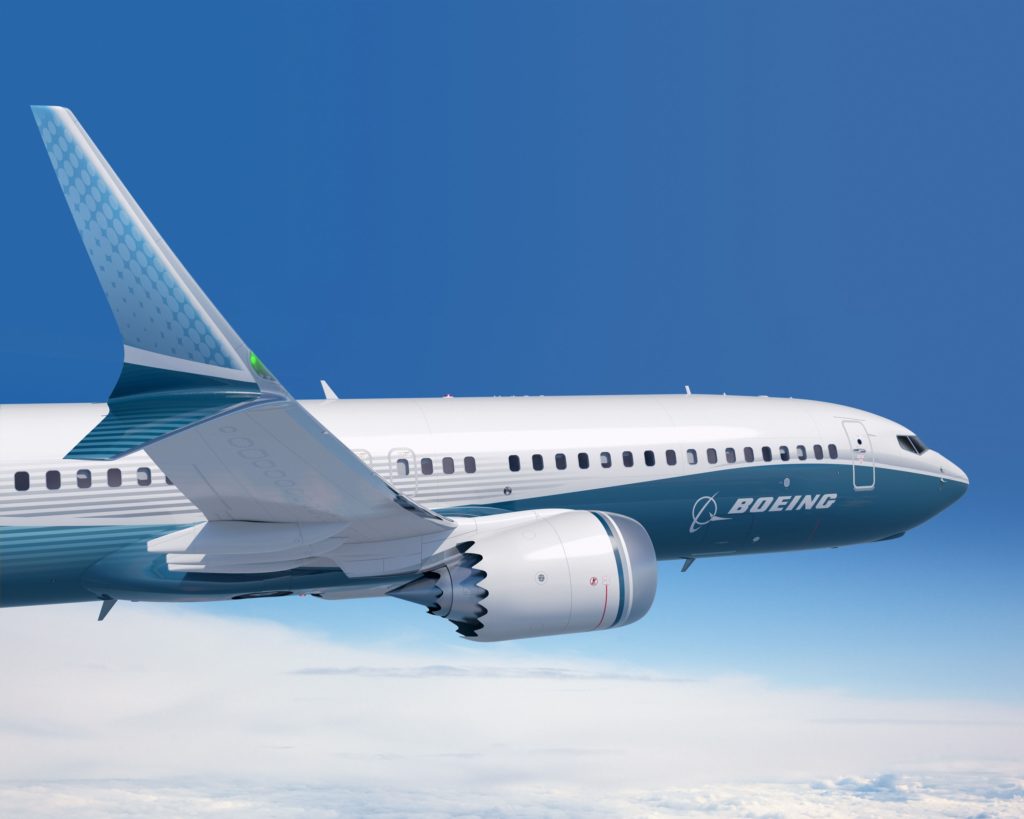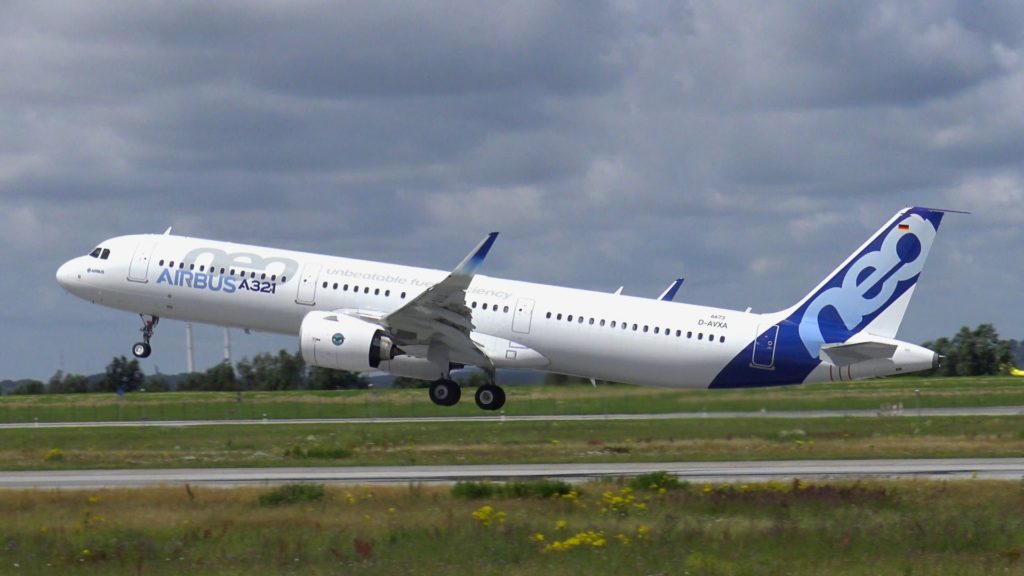Leeham News and Analysis
There's more to real news than a news release.
Bjorn’s Corner: Aircraft engines in operation, Part 6
February 24, 2017, ©. Leeham Co: After having analyzed how the engine gets stressed during different phases of flight, we now look into how engines are used. The de-rating of engines for takeoff is important, as not 100% thrust is needed for all takeoffs. If the aircraft is lightly loaded or is taking off from a long runway, with low temperatures or altitude, the engine can be thrust de-rated so that it experiences less stress.
Once in the air, the engine is run below maximum settings by use of cost-index. These actions will result in less fuel usage and also longer engine operation between overhauls. We will now finish the operations part of our engine clinic with how airlines keep the engines away from the workshops by swapping the engines between fleet aircraft.
A visit to the engine workshop costs in the millions of dollars, so the longer the engine can operate before a shop visit, the better. Read more
Ryanair: cheapest and most profitable airline in Europe
By Bjorn Fehrm
February 22, 2017, ©. Leeham Co: Ryanair is Europe’s airline with the lowest fares. And it’s the most profitable, despite growing faster than even the Middle East carriers (growth needs money).
It’s time to dive deep in this locomotive. I even flew their business class before writing the report, to understand what is going on. Read more
Bjorn’s Corner: Aircraft engines in operation, Part 5
February 17, 2017, ©. Leeham Co: In our journey of an airline engine’s life, we will now look at the maintenance which is necessary to keep it fit for flight.
An engine is only in top condition once in its life, at delivery. As soon as it’s operated on the aircraft, in-service wear of its different parts will reduce its performance.
The engine manufacturer’s prescribed maintenance is designed to keep the engine in good health during its life, despite all its hardship. Read more
Bjorn’s Corner: Aircraft engines in operation, Part 3
February 3, 2017, ©. Leeham Co: In the last Corner, we went through how our airliner engine reacts to the different phases of flight, including what happens when we operate in a hot environment.
We also showed how engine manufacturers make a series of engines with different thrust ratings by de-rating the strongest version through the engine control computer.
We will now look deeper at how engines are controlled and why so-called flat-rating is important. Read more
Bjorn’s Corner: Aircraft engines in operation, Part 2
January 27, 2017, ©. Leeham Co: In the last Corner, we began looking at the in-service operation of a Turbofan. We covered how thrust and fuel consumption varies in the different phases of an airliner’s mission.
Now we will dig a little deeper into how a mission will stress the engine’s different parts.
With this knowledge, we will later look at how operators make sure their engines are safe and in good operational condition over the 20 years life of an aircraft. Read more
Bjorn’s Corner: Aircraft engines in operation
January 20, 2017, ©. Leeham Co: We have now covered the technology around airliner turbofans. Now it’s time for the real stuff: their operational life. Most decisions that an engine designer does is about how the engine shall function in practice.
To understand a typical cycle of an airliner engine and the stresses it endures, we will follow an engine during a typical mission.
We chose a single aisle mission because most flights are with single aisle aircraft and the cycle these fly is the most stressful for an engine. Read more
Boeing 737 MAX 10
Subscription Required
By Bjorn Fehrm
Introduction
January 17, 2017, © Leeham Co.: Boeing has given its sales team the “authority to offer” the 737 MAX 10. The aircraft is a stretched version of the 737 MAX 9, designed to compete more successfully with Airbus A321neo.
Boeing worked on the variant for the last year. It started off as a more ambitious change over the 737 MAX 9, but it turned out too expensive and would have taken too long to get to market. The variant that Boeing now offers to airlines is a simple stretch of the 737 MAX 9.
The backing down to a stretched MAX 9 solves the cost and timing problem, but will it solve the competitiveness problem? We make a first analysis.
Summary:
- The offered 737 MAX 10 is a longer fuselage MAX 9.
- The longer fuselage closes the cabin dimensions gap to the A321neo.
- The 737 MAX 10 is longer and heavier than the MAX 9, affecting performance.
- To save field performance, a change to the main landing gear was necessary.
Airbus sets new delivery record for 2016
By Bjorn Fehrm
January 11, 2017, ©. Leeham Co: Airbus Commercial Aircraft presented a new record in yearly deliveries at its Press Briefing in Toulouse today. The division of an integrated Airbus (therefore Airbus Commercial Aircraft, ACA) delivered 688 aircraft during 2016, thereby beating its target of 650 aircraft for the year.
Orders were also higher than expectations at 731 net orders, giving a Book to Bill of 1.06. The market, including LNC, widely expected Airbus to fall somewhat short of a 1:1 book:bill.
There were no formal forecasts given for 2017. ACA President Fabrice Bregier stated that he expects it to be over 700 deliveries but full details will given at the Airbus Group’s financial press briefing in February.





 COMAC, a spin off from AVIC and yet another government-controlled entity, is already casting eyes on a 250-seat, twin-aisle design, the C929—ostensibly in a joint venture with Russia’s United Aircraft Corp.
COMAC, a spin off from AVIC and yet another government-controlled entity, is already casting eyes on a 250-seat, twin-aisle design, the C929—ostensibly in a joint venture with Russia’s United Aircraft Corp.
